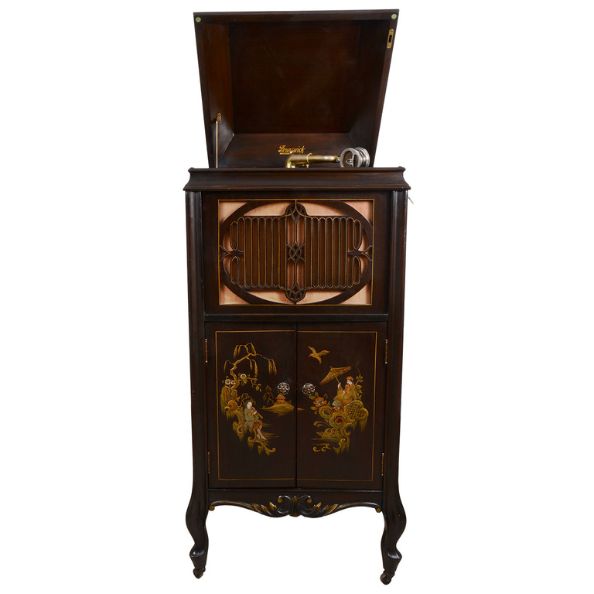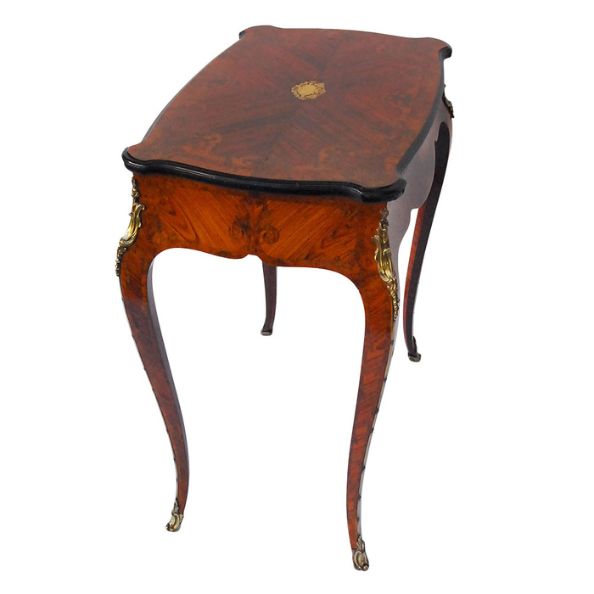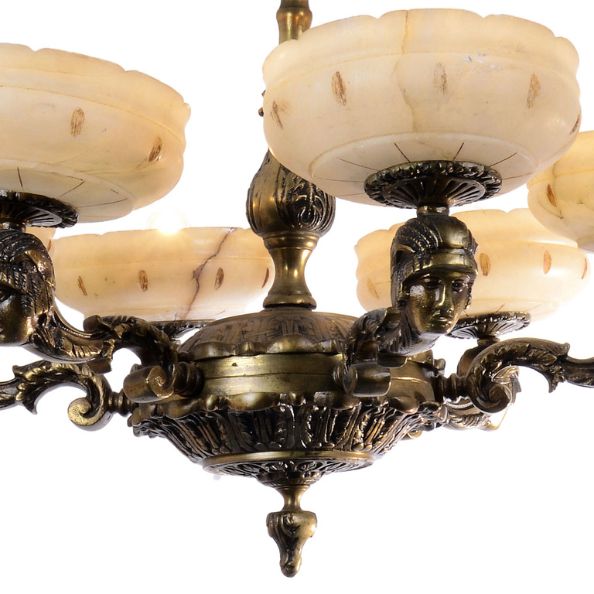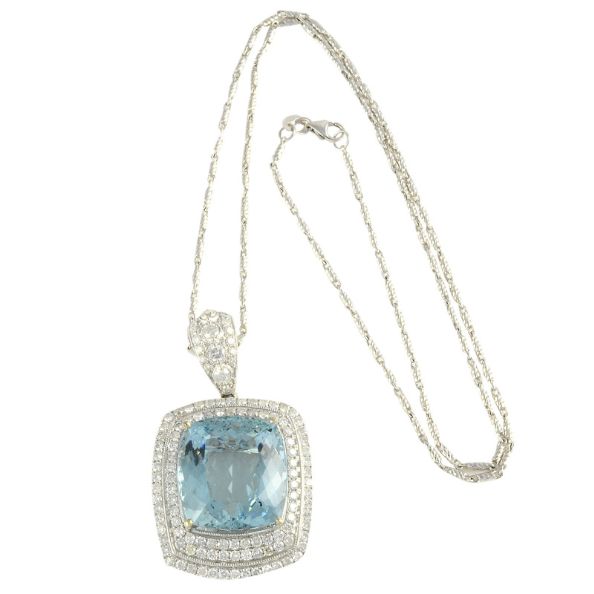Early History of Sound Recordings: Phonographs & Gramophones


Two 19th-century devices shaped the future of music and entertained generations. Learn about the early history of sound recordings: phonographs and gramophones.
A Brief History of Phonographs and Gramophones
Thomas Edison invented the phonograph in 1877. He wanted to create a device that could record and play one’s voice back. Using a stylus and a cylinder coated with tin foil, Edison achieved his goal. But the device didn’t catch on as a business tool for dictation, so Edison turned to recording music on wax cylinders.
Emile Berliner developed another sound recording device that he called the gramophone in the late 1880s. The gramophone aimed to solve several issues with wax cylinders, including that they didn’t last very long, they couldn’t be mass-produced, and the grooves in wax cylinders weren’t deep enough to keep the needle from skidding. He worked on inventing a system that could present a better-quality sound with a broader range of highs and lows to its listeners.
Chichester A. Bell and Charles Tainter also worked during the 1880s, earning a patent on a device known as the “graphophone.” Though different from the gramophone, the graphophone sported some similarities with it, and both played crucial roles in developing the recorded sound we enjoy today.
Although they go by different names, the gramophone and graphophone are both types of phonographs, and their invention built on the principles of recording sound that Thomas Edison had started.
Phonographs
Edison’s phonograph recorded and played back sound using a cylinder covered with a thin layer of material, initially tin foil and then wax, which stores the sound in a series of grooves. The vertically cut grooves have deeper cuts for low sounds and shallower cuts for higher tones. A needle or stylus traces these grooves and captures the encoded sound vibrations.
When playing back a recording, the needle follows the groves in the cylinder, vibrating according to the original sound captured. The phonograph amplifies these vibrations using a large horn-shaped structure or a diaphragm housed in a wooden speaker box, producing sound.
Gramophones
The gramophone, as developed by Emile Berliner, primarily recorded and played back sound using a flat disc. Berliner initially recorded sound on a zinc master plate and then “printed” the recording on celluloid, then rubber, and then, finally, a type of shellac. The zinc master disc stored the sound in spiral grooves recorded laterally (side to side) rather than vertically. A stylus traversed these grooves, again capturing and playing back the sound vibrations. Gramophones employ a horn for amplification, which gives the gramophone its iconic appearance.
The component pieces of both gramophones and phonographs are similar: a motor, a cylinder or flat disc, a stylus, and an amplification mechanism using a horn or a built-in speaker.
The early history of sound recordings demonstrates that phonographs and gramophones paved the way for modern recording techniques. When you’re looking for music antiques for sale, turn to Solvang Antiques! Enjoy the hunt for authentic antique music players!



